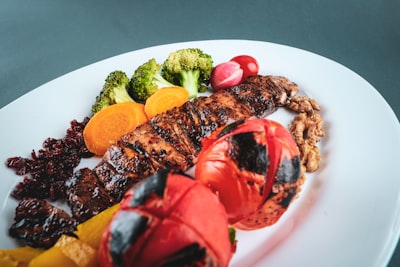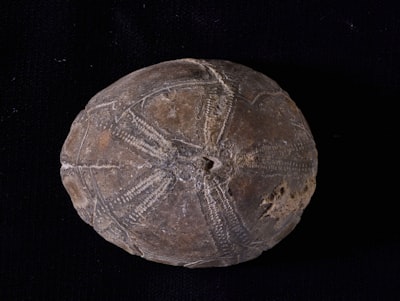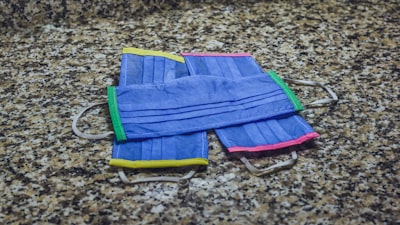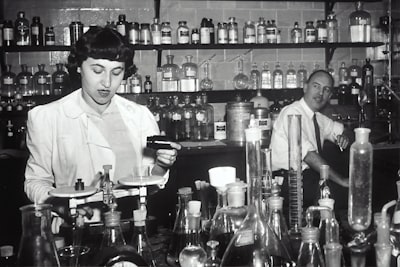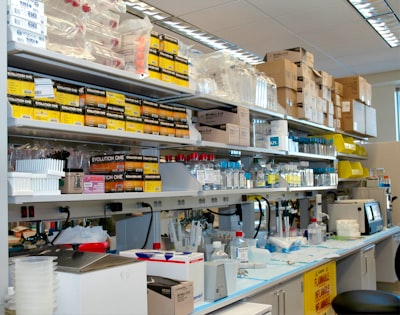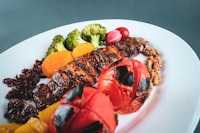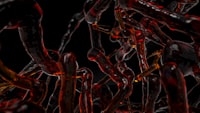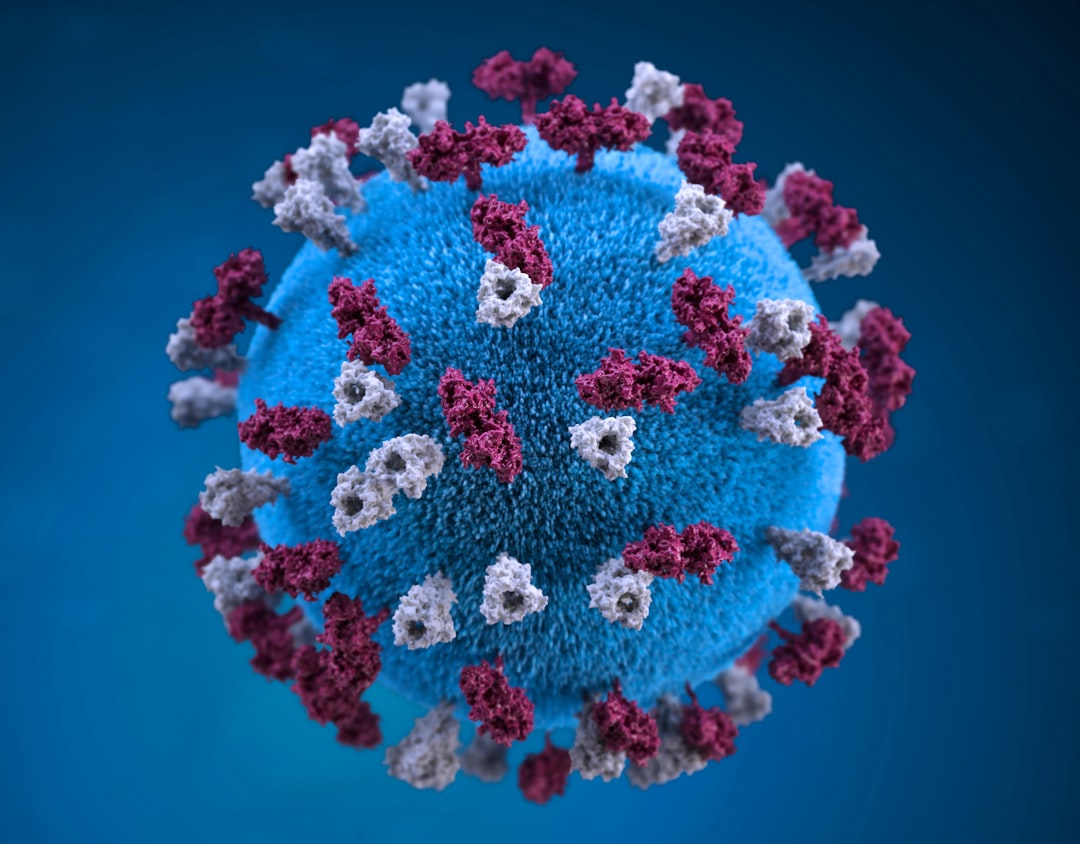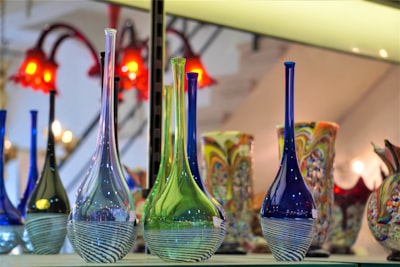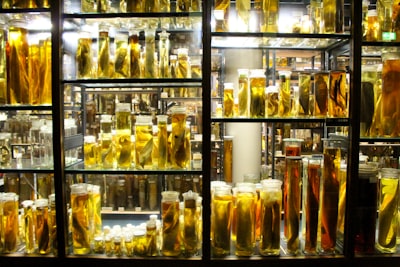Conference paper
Potency of Beluntas (Pluchea Indica Less) Leaves Extract as Antioxidant and Anti Warmed Over Flavor (Wof) of Duck Meat
Beluntas (Pluchea indica Less) is a herb plant used as a traditional medicine or eaten in fresh form. Thereare phytochemical compounds such as essential oils, flavonoids, phenolics, tannins, saponins, phenolshydroquinone, and cardiac glycosides compounds of beluntas leaves that cause it having potential as antioxidant.Difference of solvent polarity can cause concentration and composition of phytochemical compoundsin extract differed, therefore this study was conducted to determine the potential for beluntasleaves extracts (water, methanol, ethanol, ethyl acetate, and hexane) and fractions (water, ethyl acetate,and n‐butanol) as an antioxidant and antiwarmed over flavor (WOF) in duck meat during storage. Theresults showed that the methanol extract of the beluntas leaves (EMB) of the most potential as a source ofantioxidants because the concentration and composition of phytochemical compounds, total phenols andtotal flavonoids than the water, ethanol, ethyl acetate, and hexane extracts. Furthermore EMB was fractionatedby difference of solvent polarity (ethyl acetate, water, n‐butanol). Test showed that EMB antioxidantcapacity and its fractions had the difference in the ability of antioxidant compounds in the EMB andeach fraction in different test systems. EMB had the potency to scavenge superoxide radicals, reduce ironions, and inhibit bleaching of linoleic acid‐β‐carotene system. Ethyl acetate fraction (FEA) had the potencyto scavenge superoxide radicals, reduce iron ions, chelate of iron ions and haemoglobin (Hb), thusFEA was effective as antiwarmed over flavor (WOF) in duck meat, which protected linoleic acid, decreasedof TBARS and hexanal.






![Avoid Contamination in Soybean (Glycine Max, L. [Merrill]) Microspores Culture Image](https://images.unsplash.com/photo-1457364887197-9150188c107b?crop=entropy&cs=tinysrgb&fit=max&fm=jpg&ixid=MnwxOTk4MjJ8MHwxfHNlYXJjaHw0MHx8c2NpZW5jZXxlbnwwfDB8fHwxNjY1OTk2MDMx&ixlib=rb-1.2.1&q=80&w=400&auto=format&auto=enhance)







![Avoid Contamination in Soybean (Glycine Max, L. [Merrill]) Microspores Culture Image](https://images.unsplash.com/photo-1457364887197-9150188c107b?crop=entropy&cs=tinysrgb&fit=max&fm=jpg&ixid=MnwxOTk4MjJ8MHwxfHNlYXJjaHw0MHx8c2NpZW5jZXxlbnwwfDB8fHwxNjY1OTk2MDMx&ixlib=rb-1.2.1&q=80&w=200&auto=format&auto=enhance)






